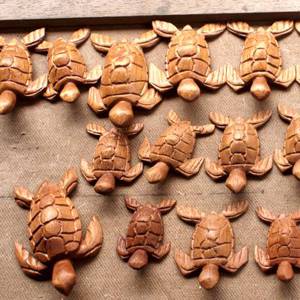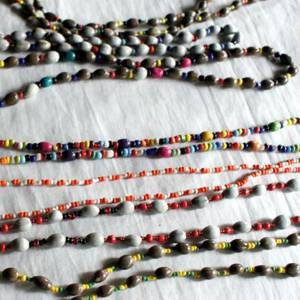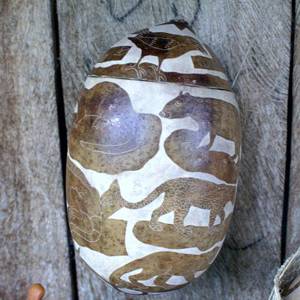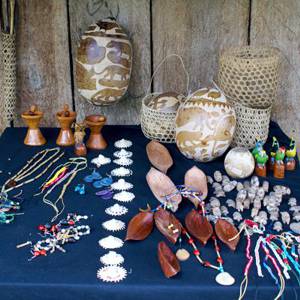HANDICRAFTS




In the mountainous region of Bocas del Toro, near the border with Costa Rica, inhabits a small group of indigenous called today Naso or Teribes. As they like to be recognized as Naso Tjer Di some anthropologists call them Tlorios. In the past they were also known as Tójar, Terbium, Térebe and Terraba, among others.
Inhabit the coastal regions of the Teribe, San San and Yorkin rivers. They speak Naso-language and the latest Panamanian census showed that this original people has nearly 3,000 representatives.
The Naso Tjër Di are concentrated in 27 communities or villages, but for administrative reasons six are the key places where the population is grouped: Sansan Druy, Solon, Bonyic, Sieykjing, Siey LLik and Santa Rosa.
The Naso Tjër Di are the only indigenous people of America that is governed by a king, that is a member of a hereditary dynasty now held by the Santana family. The actual Naso King is Reinaldo Santana. However, the monarch's choice is made by a vote of the community, being the only candidates the members of that family.
The Royal Palace is at Siey Llik, capital of the region, and, apart of the King, there is the General Council, which assists the King and is also elected democratically. The King has no control functions or the administration of justice, in practice it is a community leader and ceremonial representative of the ethnicity.
The Naso Tjër Di traditionally believe in Sbö, supreme God and author of the creation of the world. They also profess a highly respected veneration for the Teribe river, which they call Great Grandma, because it has served as a support for the ethnic group in general.
The survival of these ancient people is based on agriculture, which involved both men and women. The Naso grow banana crops, corn, rice, cocoa, coffee and pixbae. Harvest fruits such as jobo, soursop, pineapple, guava and citrus such as orange, grapefruit and lemon.
Similarly, they are engaged in subsistence hunting with shotguns, although it is common to use bow and arrow. Consume meats obtained from zaino, deer and conejo pintado. For fishing, they use lines with hooks. Are not engaged in an intensive livestock; raising turkeys, ducks and chickens it is very common.
The Naso Tjër Di are excellent craftsmen and its main products are baskets, hammocks and wood carvings, as well as weapons (bows and arrows), household utensils and canoes, and objects that represent different animals of the region.



